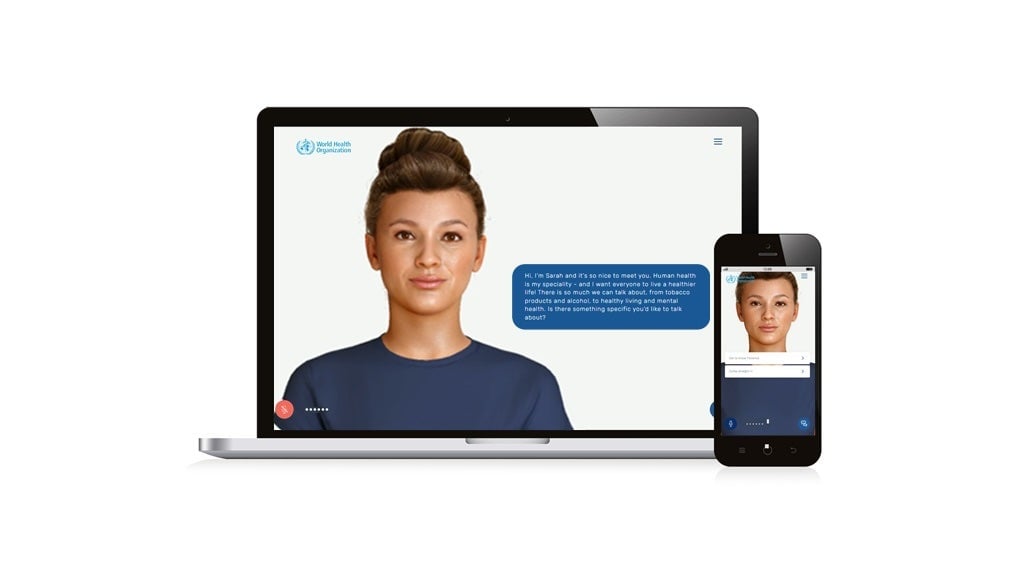The WHO's new AI health chatbot is already making some mistakes
The World Health Organization introduced a new AI chatbot that provides information on health-related topics

The World Health Organization (WHO) this month launched what it is calling a Smart AI Resource Assistant for Health, or Sarah for short. However the AI-powered chatbot has already made some mistakes.
Suggested Reading
The chatbot provides users with health-related information in eight different languages regarding topics like healthy eating, mental health, cancer, heart disease and diabetes.
Related Content
Sarah, who was developed by New Zealand-based Soul Machines can even use facial recognition technology to give more empathetic answers. Previous iterations of Sarah helped combat misinformation during the Covid-19 pandemic.
“S.A.R.A.H. gives us a glimpse of how artificial intelligence could be used in the future to improve access to health information in a more interactive way,” WHO Director-General Dr Tedros Adhanom Ghebreyesus said in a press release. “I call on the research community to help us continue to explore how this technology could narrow inequities and help people access up-to-date, reliable health information.”
While the WHO claims the AI bot has been trained with the latest information from the agency and its trusted partners, Bloomberg reports that it doesn’t provide up-to-date information regarding U.S.-based medical advisories and news events.
For example, when Sarah was asked by Bloomberg reporters whether the U.S. Food and Drug Administration had approved Lecanemab, a drug for Alzheimer’s, the bot said it was still in clinical trails. In reality the FDA approved the drug in 2023.
In another example, the bot was not able to provide details about a WHO report on hepatitis deaths until it was asked to check the agency’s website for updated statistics.
The WHO did not immediately respond to a request for comment. On its landing page for the AI bot, the agency admits that “answers may not always be accurate because they are based on patterns and probabilities in the available data.”